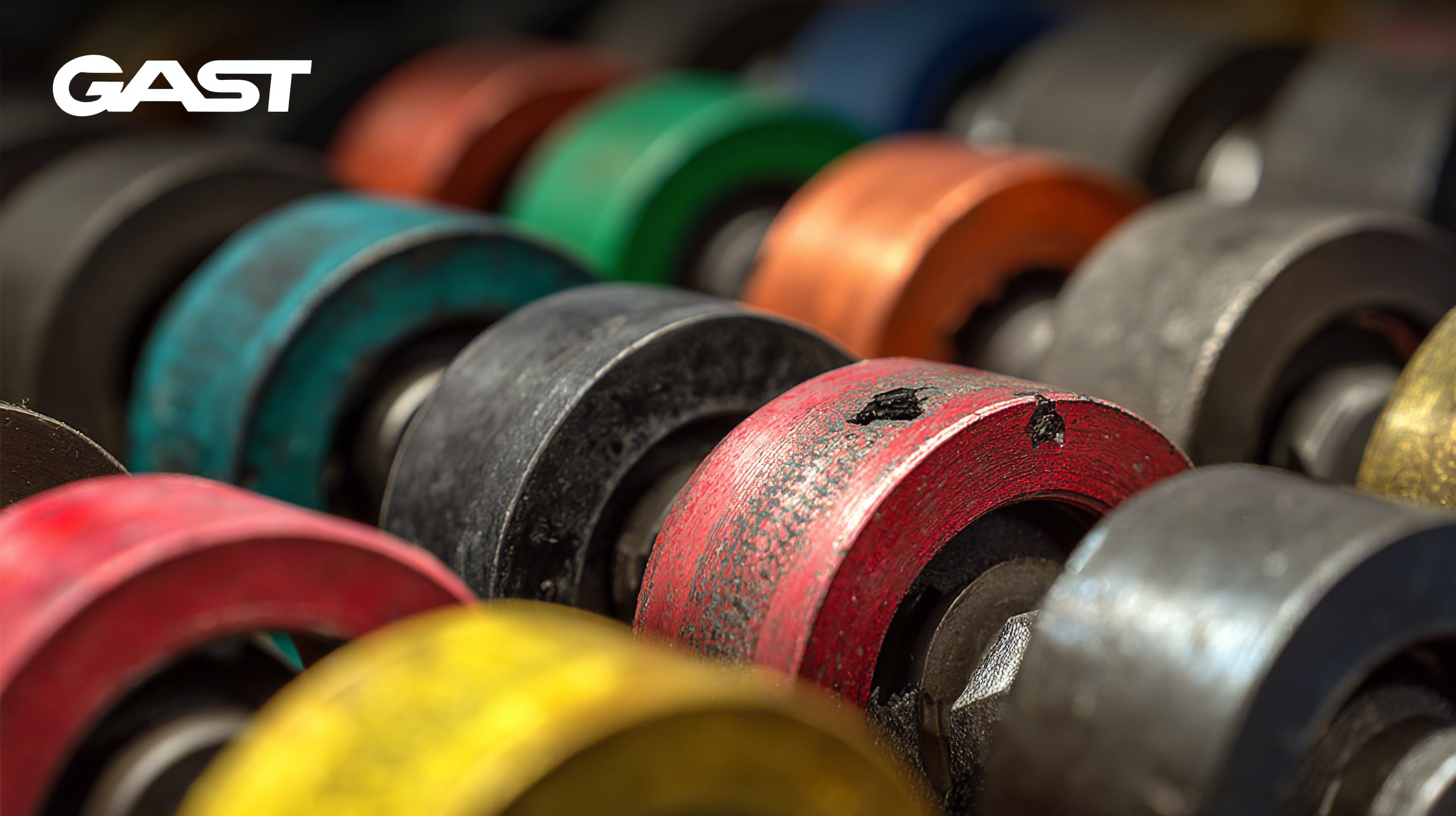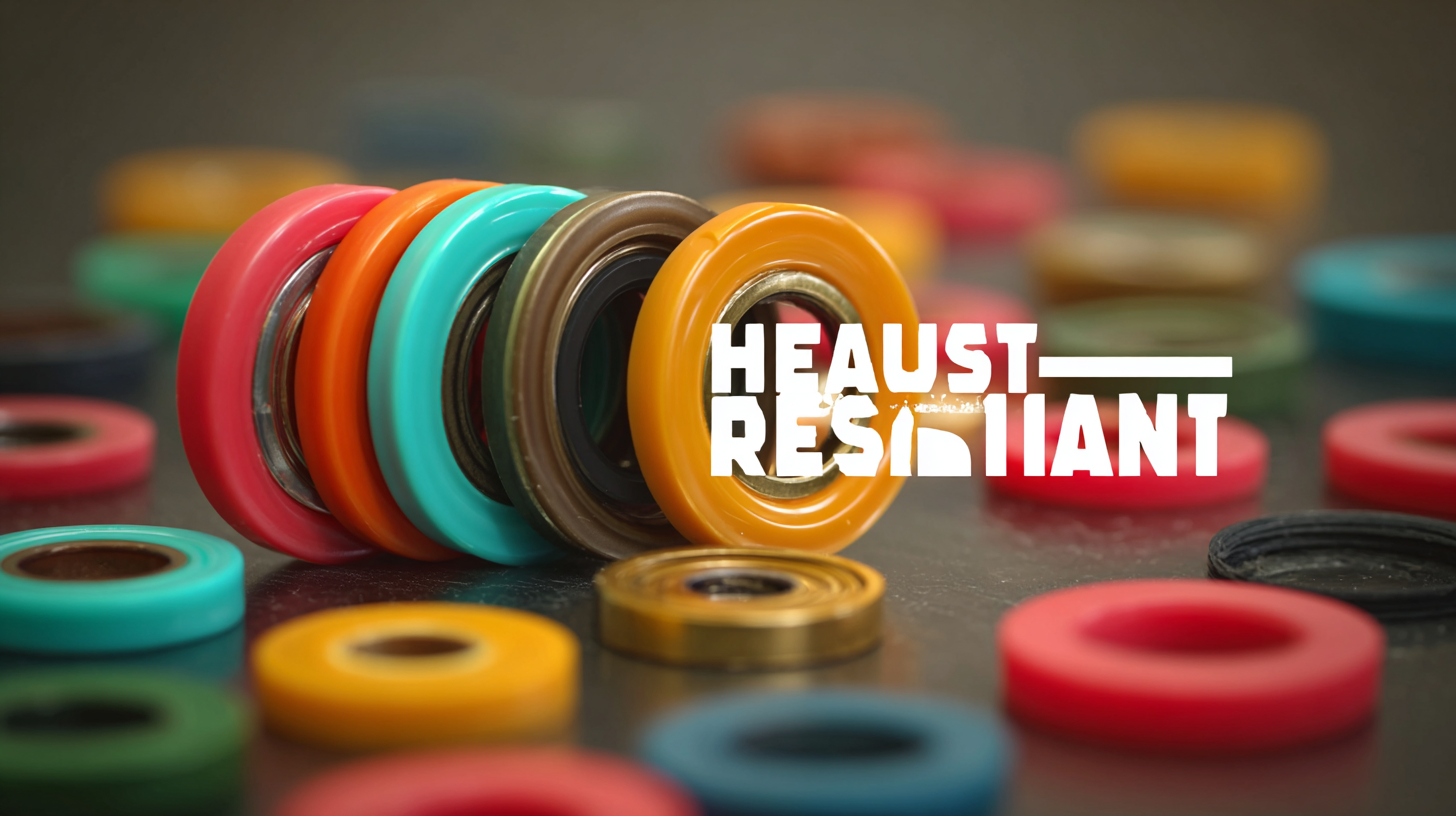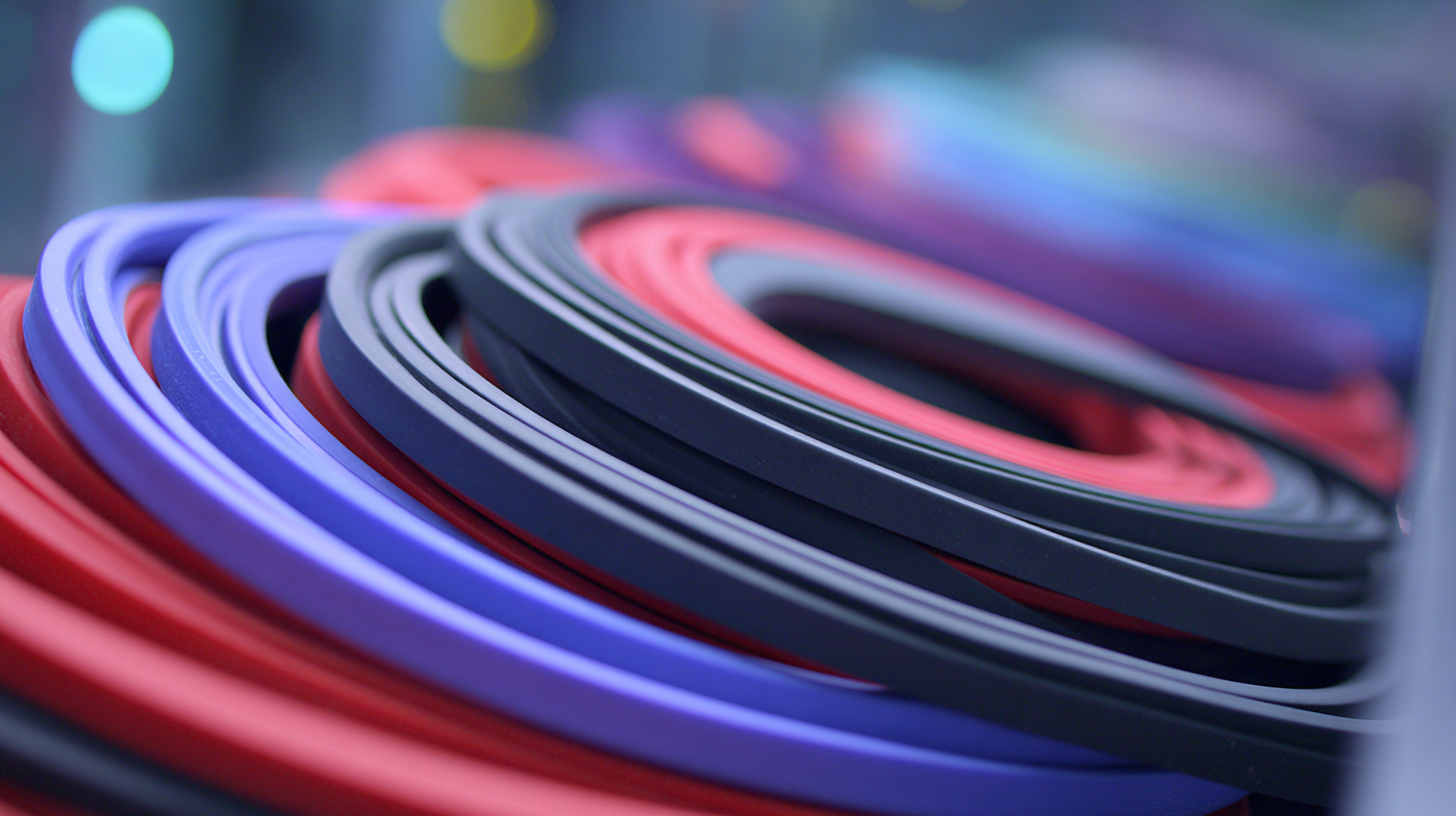In the ever-evolving landscape of industrial applications, the significance of heat resistant gaskets cannot be overstated. As industries strive for efficiency and longevity in their operations, the demand for durable materials capable of withstanding extreme temperatures is projected to rise significantly. According to a recent market report by ResearchAndMarkets, the global heat-resistant gasket market is expected to witness a CAGR of 5.2% from 2023 to 2028, driven by increasing applications across sectors such as automotive, aerospace, and petrochemicals.

As businesses invest in technology advancements to improve performance and sustainability, understanding the nuances of heat resistant gaskets becomes crucial. These components not only ensure a leak-proof seal in high-temperature environments but also contribute to the overall safety and reliability of industrial processes.
This blog will explore the critical role of heat resistant gaskets in industrial settings and provide insights into the trends shaping their future in 2025 and beyond.
Heat resistant gaskets play a crucial role in ensuring the efficiency and safety of industrial operations. When selecting the right gaskets, several key factors should be considered. First, the operating temperature range of the application is paramount. According to a recent industry report, approximately 35% of gasket failures occur due to inadequate temperature tolerance, leading to costly downtime and maintenance issues. Therefore, choosing gaskets with a temperature rating that exceeds the maximum operating conditions is essential for sustained performance.
Material compatibility is another critical factor. Various industrial environments may involve chemicals or substances that could degrade gasket materials. It is essential to assess the chemical resistance of gasket materials like silicone, fluorocarbon, or graphite for specific applications. A study revealed that gaskets made from PTFE exhibited superior resistance in 90% of industrial chemical environments, making them a preferred choice in many sectors.
**Tip:** Always refer to manufacturer specifications and consider conducting tests under your specific operational conditions to guarantee compatibility and performance.
**Tip:** Additionally, regular maintenance checks on gaskets can preemptively address wear and potential leaks, enhancing operational reliability. By focusing on these key factors—temperature resistance and material compatibility—you can ensure the selection of the most suitable heat resistant gaskets for your industrial application.
| Gasket Material | Max Operating Temperature (°C) | Thermal Conductivity (W/m·K) | Applications | Key Benefits |
|---|---|---|---|---|
| PTFE | 260 | 0.25 | Chemical Processing, Pharmaceuticals | Exceptional chemical resistance |
| Graphite | 450 | 120 | Oil and Gas, Power Generation | High-temperature stability |
| Silicone | 230 | 0.2 | Automotive, HVAC | Good weathering resistance |
| Metallic | 700 | 20 | Aerospace, Heat Exchangers | Excellent high-pressure performance |
| Non-Asbestos Fiber | 300 | 0.15 | Various industrial applications | Safer alternative to asbestos |
Heat resistant gaskets are crucial components in various industrial applications, where high temperatures can cause material failure and leakage. These gaskets are designed to withstand extreme conditions, ensuring secure seals that prevent fluid and gas leaks. There are several types of heat resistant gaskets available, each suited for specific environments and materials. For example, graphite gaskets are popular for their excellent thermal conductivity and stability at elevated temperatures, making them ideal for use in boilers and exhaust systems.

Another commonly used type is silicone gaskets, which offer remarkable resistance to high heat and various chemicals. They are often found in automotive applications, such as engine seals, where durability and reliability are paramount. Additionally, metal gaskets, such as those made from stainless steel, provide superior strength and longevity in thermal applications, making them ideal for aerospace and heavy machinery.
Understanding the different types of heat resistant gaskets and their specific industrial applications is essential for selecting the right solution to enhance performance and safety in demanding environments.
In industrial applications, the longevity and performance of heat-resistant gaskets are critical to operational efficiency. Regular maintenance significantly contributes to prolonging their lifespan, thereby reducing downtime and maintenance costs. According to a report by the National Association of Corrosion Engineers, proper gasket management can enhance equipment reliability by up to 20%, minimizing the risk of leaks and equipment failure that are often caused by degraded seals.
One essential maintenance tip involves regular inspection for signs of wear, such as cracks, distortion, or burn marks. A study published in the Journal of Industrial Materials highlighted that periodic checks should be performed every 6-12 months, based on the operating conditions. Moreover, ensuring correct installation techniques is vital. Misalignment during installation can lead to premature gasket failure, which the same study noted accounts for approximately 30% of all gasket-related issues. Utilizing the appropriate torque specifications is also critical, as incorrect tensioning can compromise seal integrity, leading to costly repairs and increased operational risks.
Implementing a robust maintenance schedule and adhering to manufacturer guidelines can significantly extend the life of heat-resistant gaskets. Reports indicate that with diligent care, gaskets can achieve up to a 50% longer service life, ultimately contributing to more efficient industrial operations.
 In industrial applications, heat-resistant gaskets are essential for ensuring reliability and performance, yet they face several common challenges. One significant issue is the degradation of gasket materials under high temperatures, which can lead to leaks and equipment failures. Industries such as marine and food processing are particularly susceptible, as machinery in these fields often operates under extreme conditions, emphasizing the importance of selecting durable materials that can withstand thermal stress.
In industrial applications, heat-resistant gaskets are essential for ensuring reliability and performance, yet they face several common challenges. One significant issue is the degradation of gasket materials under high temperatures, which can lead to leaks and equipment failures. Industries such as marine and food processing are particularly susceptible, as machinery in these fields often operates under extreme conditions, emphasizing the importance of selecting durable materials that can withstand thermal stress.
Another challenge is the integration of gaskets into complex machinery designs. As equipment becomes more compact and components are crammed into smaller spaces, ensuring a proper seal becomes increasingly difficult. Maintenance teams must also navigate the hidden costs of gasket failures, which can result in expensive downtime and repairs, particularly in high-demand industries like food processing, where the integrity of heat exchangers is critical. By addressing these challenges through strategic material selection and innovative design, industries can enhance their operational efficiency and extend the lifespan of their equipment.
When it comes to industrial applications, the installation and handling of heat-resistant gaskets play a crucial role in ensuring optimal performance and longevity. Proper installation not only extends the lifespan of the gaskets but also enhances the efficiency of systems that experience extreme temperatures. To begin with, it's vital to thoroughly clean the surfaces where the gaskets will be applied. This preparation removes any contaminants that could compromise the seal, preventing leaks and potential system failures.
Additionally, using the right tools and applying the appropriate torque during installation is essential. Over-tightening can deform the gasket and lead to premature failure, while under-tightening can allow gaps for leakage. Operators should always refer to manufacturer specifications for guidelines on installation techniques and torque values. Furthermore, during handling, care should be taken to avoid exposing the gaskets to materials that could degrade their performance. By adhering to these best practices, industries can ensure that their heat-resistant gaskets function effectively, even under the most demanding conditions.
